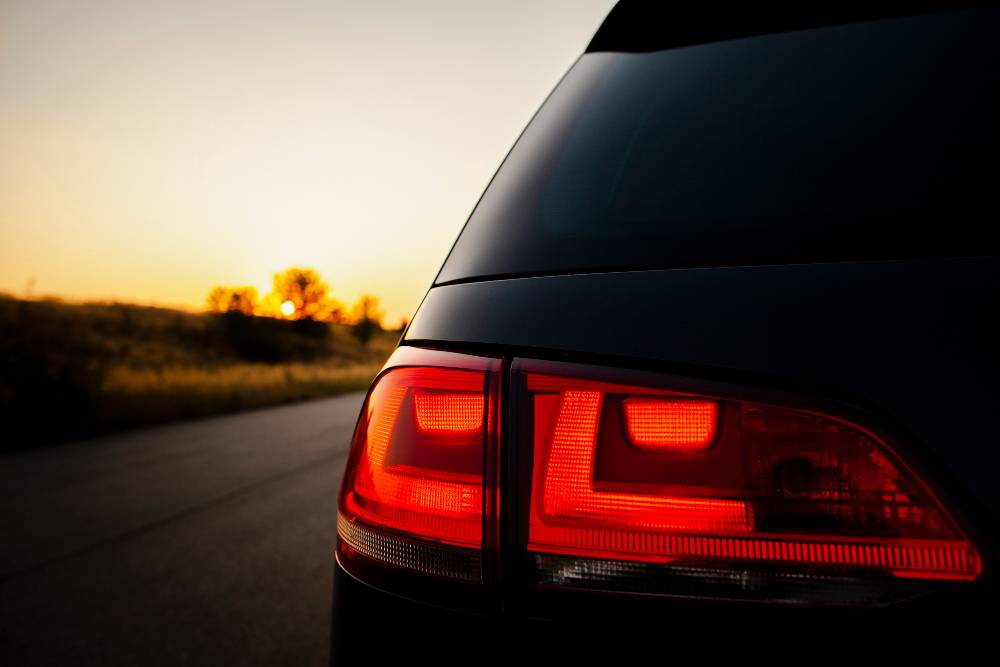Speed Breakers and Rumblers on National Highways Deemed Illegal
The National Highway Authority of India (NHAI) has declared the construction of speed breakers and rumblers on all national highways as illegal. The NHAI has responded to this statement in reply to an RTI query submitted by Nikhil Desai from Ponda, Goa. Desai filed the RTI to shed light on the inconveniences faced by patients in ambulances due to these road obstacles.
For those who may not be aware, the presence of speed breakers and rumblers on national highways has been a longstanding issue. Most often, these speed-breaking measures cause unfortunate accidents. Now, while they are intended to enhance road safety, these obstacles have been proven to defeat the very purpose of providing a high-speed travel experience. The Ministry of Road Transport and Highways, through a circular dating back to 2016, emphasized the detrimental impact of speed breakers on the overarching goal of obstruction-free highways.
NHAI’s response to RTI
Recently, as shared by Team-BHP, NHAI has clarified its stance, affirming that there are no guidelines supporting the construction of rumblers on National Highways. Addressing Nikhil Desai’s RTI, NHAI has stated that it has already issued specific instructions to all Project Directors, mandating the removal of speed breakers from National Highway stretches.
The RTI stated, “There are no guidelines for erecting rumblers on NHs. In this regard, specific instructions have been issued to all Project Directors for the removal of speed breakers from all NH stretches and ensuring patchless roads for road users (including ambulances).” The main objective is to ensure patchless roads, allowing for unobstructed travel for all road users, especially ambulances carrying patients in critical conditions, emphasized NHAI.
Safety Hazards and Accidents

Now the question arises: how are these speed breakers on highways constructed despite them not being legal? Well, the main answer to this is a series of unfortunate accidents. When there are frequent accidents on highways, local authorities and communities install them in an effort to address safety concerns. Now, while the intention is to reduce speeding and enhance road safety, the lack of standardized guidelines results in poorly designed and inconsistently placed obstacles.
All of these illegally erected speed breakers pose a significant risk, as they are often inadequately marked. This makes them difficult for drivers to spot. Additionally, the absence of proper illumination enhances the issue, especially during nighttime travel. As a consequence, drivers react abruptly, which then leads to rear-end collisions and other accidents that could have been avoided.
What can be done?

To mitigate these issues, there is a need for standardized guidelines in the installation of road safety measures. There should be proper planning, adherence to guidelines, and effective communication to ensure that safety measures do not become sources of danger. Apart from these speed breakers, there are multiple other problems that exist on Indian national highways which over the years have caused numerous losses of lives. One of the most prominent accidents reported in the last few years was the one involving Cyrus Mistry, who was the former Chairman of Tata Group. Cyrus Mistry was killed on September 4 when his car hit a road divider on a bridge in Maharashtra’s Palghar district.
The National Highway Authority of India (NHAI) has declared the construction of speed breakers and rumblers on all national highways as illegal. The NHAI has responded to this statement in reply to an RTI query submitted by Nikhil Desai from Ponda, Goa. Desai filed the RTI to shed light on the inconveniences faced by patients in ambulances due to these road obstacles.

For those who may not be aware, the presence of speed breakers and rumblers on national highways has been a longstanding issue. Most often, these speed-breaking measures cause unfortunate accidents. Now, while they are intended to enhance road safety, these obstacles have been proven to defeat the very purpose of providing a high-speed travel experience. The Ministry of Road Transport and Highways, through a circular dating back to 2016, emphasized the detrimental impact of speed breakers on the overarching goal of obstruction-free highways.
NHAI’s response to RTI
Recently, as shared by Team-BHP, NHAI has clarified its stance, affirming that there are no guidelines supporting the construction of rumblers on National Highways. Addressing Nikhil Desai’s RTI, NHAI has stated that it has already issued specific instructions to all Project Directors, mandating the removal of speed breakers from National Highway stretches.
The RTI stated, “There are no guidelines for erecting rumblers on NHs. In this regard, specific instructions have been issued to all Project Directors for the removal of speed breakers from all NH stretches and ensuring patchless roads for road users (including ambulances).” The main objective is to ensure patchless roads, allowing for unobstructed travel for all road users, especially ambulances carrying patients in critical conditions, emphasized NHAI.
Safety Hazards and Accidents

Now the question arises: how are these speed breakers on highways constructed despite them not being legal? Well, the main answer to this is a series of unfortunate accidents. When there are frequent accidents on highways, local authorities and communities install them in an effort to address safety concerns. Now, while the intention is to reduce speeding and enhance road safety, the lack of standardized guidelines results in poorly designed and inconsistently placed obstacles.
All of these illegally erected speed breakers pose a significant risk, as they are often inadequately marked. This makes them difficult for drivers to spot. Additionally, the absence of proper illumination enhances the issue, especially during nighttime travel. As a consequence, drivers react abruptly, which then leads to rear-end collisions and other accidents that could have been avoided.
What can be done?

To mitigate these issues, there is a need for standardized guidelines in the installation of road safety measures. There should be proper planning, adherence to guidelines, and effective communication to ensure that safety measures do not become sources of danger. Apart from these speed breakers, there are multiple other problems that exist on Indian national highways which over the years have caused numerous losses of lives. One of the most prominent accidents reported in the last few years was the one involving Cyrus Mistry, who was the former Chairman of Tata Group. Cyrus Mistry was killed on September 4 when his car hit a road divider on a bridge in Maharashtra’s Palghar district.
